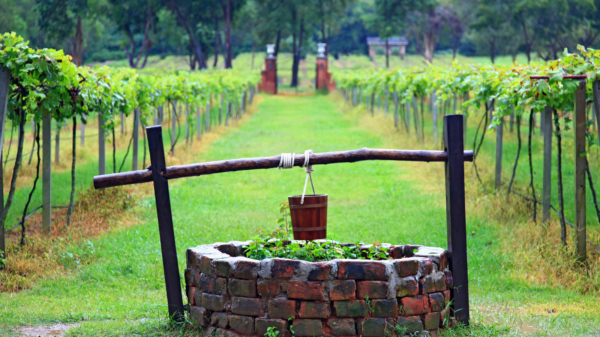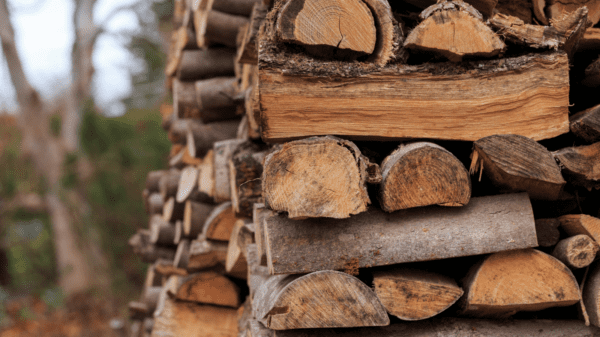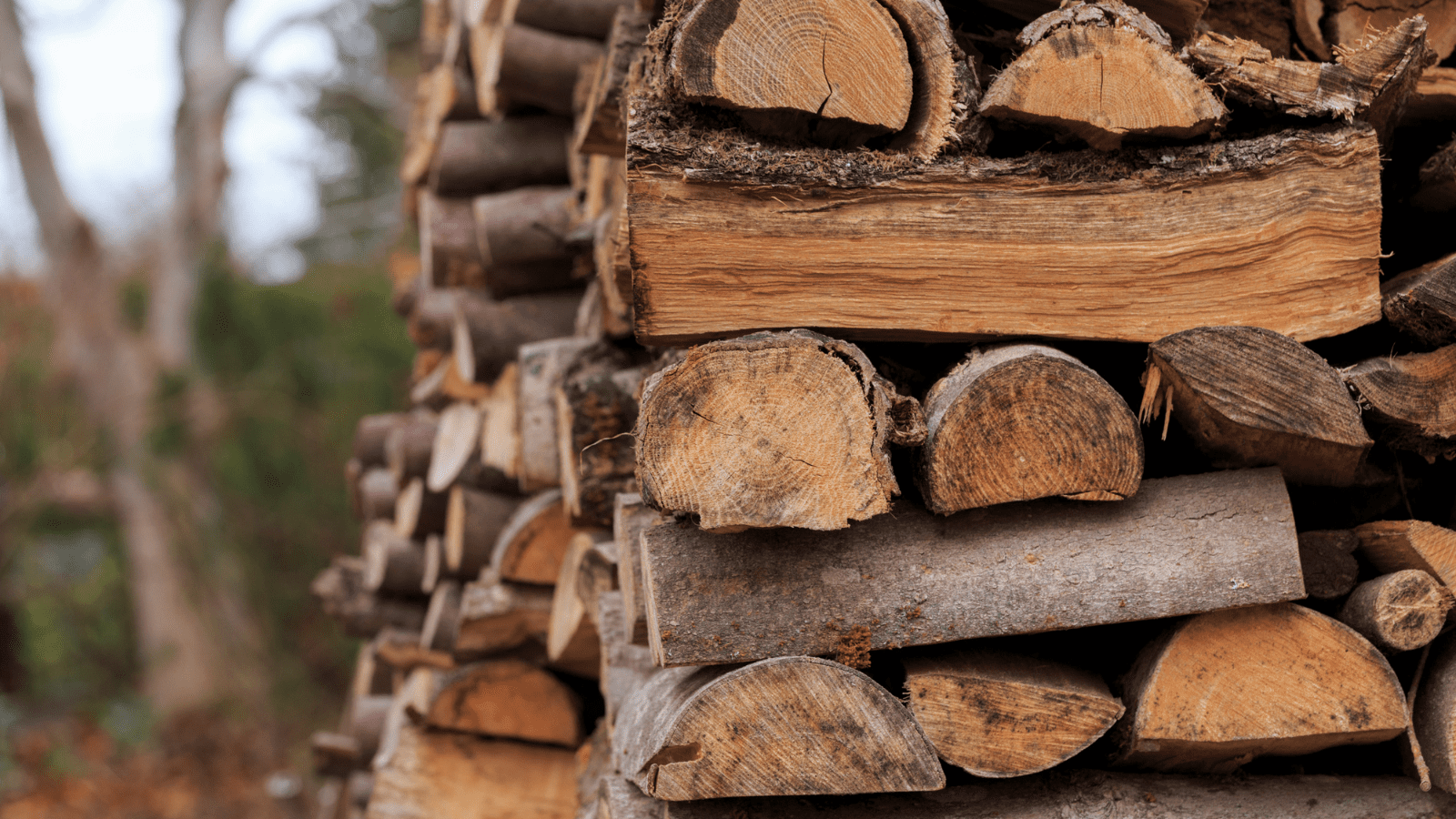Chopping wood is a timeless skill that has been essential for human survival and progress for thousands of years. Whether you’re chopping wood for warmth, cooking, or for shelter, learning the right techniques and safety measures will make the process more efficient and enjoyable. In this beginner’s guide, we’ll cover everything you need to know to become an expert at chopping wood, from choosing the right axe to mastering the perfect swing. Let’s dive in!
Table of Contents
Safety First: Precautions and Protective Gear
To prevent accidents and ensure a safe wood-chopping experience, it’s essential to follow these safety precautions:
- Always wear protective gear, including safety glasses, gloves, and sturdy footwear with non-slip soles and toe protection.
- Make sure your work area is clear of debris and distractions.
- Never chop wood when you’re tired, intoxicated, or otherwise impaired.
- Keep a first-aid kit nearby in case of emergencies.
Choosing the Right Axe for the Job
Selecting the appropriate axe for your needs is crucial for efficient wood chopping. Axes come in various shapes, sizes, and materials, but there are two primary types to consider for wood chopping: splitting axes and felling axes.
Splitting Axes:
- Designed specifically for splitting logs along the grain.
- Wedge-shaped head that increases in width, forcing the wood apart as it penetrates.
- Typically have a heavier head, between 3-6 lbs, and a longer handle for increased leverage.
Felling Axes:
- Intended for cutting down trees and chopping logs into sections.
- Thinner blade with a sharper edge for clean cuts across the grain.
- Lighter head, typically 2-3 lbs, and a shorter handle for precision and control.
Picking the Perfect Pieces of Wood
Choosing the right type of wood and ensuring it’s properly seasoned will make chopping much easier. Hardwoods like oak, hickory, and maple provide excellent fuel for fires but can be more challenging to split. Softwoods like pine, fir, and spruce are easier to chop but may produce more creosote when burned. Aim for logs with a diameter of 6-12 inches for optimal splitting ease.
Ensure that the wood is properly seasoned, meaning it has been allowed to dry for at least six months to a year. Seasoned wood is lighter, easier to split, and produces less smoke when burned.
Preparing Your Workspace
A well-organized workspace is crucial for efficient and safe wood chopping. Follow these steps to set up your chopping area:
- Choose a flat, stable surface free of rocks, roots, or other obstructions.
- Position a chopping block to support the log you’ll be splitting. The block should be approximately 12-16 inches in height, allowing you to maintain a comfortable stance while chopping.
- Keep your woodpile close by to minimize time spent carrying logs back and forth.
Mastering the Art of the Swing
Proper technique is vital for effective and safe wood chopping. Practice these steps to perfect your swing:
- Stand with your feet shoulder-width apart, facing the log you’re about to split.
- Grasp the axe handle with both hands, one near the base and the other near the head.
- Raise the axe overhead, keeping your arms straight and maintaining a firm grip.
- As you swing, bend your knees slightly and shift your weight from your back foot to your front foot.
- Aim for the center of the log, or slightly off-center if there’s a visible crack or weak point.
- Follow through with your swing, allowing the momentum of the axe to carry it into the wood.
Splitting Techniques for Different Types of Wood
Different wood species and sizes may require various splitting techniques for optimal results. Here are a few strategies to consider:
Straight-Grained Wood:
- For wood with straight, even grain patterns, aim for the center of the log and use a single, powerful swing.
Knots and Twisted Grain:
- When splitting wood with knots or twisted grain, aim to chop between the knots or along the grain lines to minimize resistance.
Large or Unwieldy Logs:
- For logs with a diameter greater than 12 inches, use a splitting maul or wedge to break the wood into smaller, more manageable pieces.
Caring for Your Axe and Woodpile
Proper maintenance is essential for keeping your axe in top condition and ensuring the longevity of your woodpile.
Axe Care:
- Regularly sharpen your axe blade using a file or sharpening stone.
- Treat the wooden handle with linseed oil or a similar wood conditioner to prevent cracking and warping.
- Store your axe in a cool, dry place, and protect the blade with a sheath or cover.
Woodpile Care:
- Stack your woodpile off the ground on pallets or a similar support structure to prevent moisture and pests.
- Position your woodpile in a location with good airflow and sunlight to aid in seasoning.
- Cover the top of the woodpile with a tarp or other waterproof material to protect it from rain and snow.
Troubleshooting Common Challenges
Even experienced wood choppers may encounter challenges from time to time. Here are some tips for overcoming common obstacles:
Stuck Axe:
- If your axe becomes stuck in the wood, wiggle it gently from side to side to loosen it.
- Avoid using excessive force, as this can damage the axe handle or cause injury.
Incomplete Split:
- If the log doesn’t split entirely on the first swing, use a splitting wedge and mallet to finish the job.
Alternative Wood Splitting Tools and Techniques
If you’re looking for alternative methods of splitting wood, consider these options:
Splitting Maul:
- A heavier tool with a blunt, wedge-shaped head designed for splitting large or difficult logs.
Hydraulic Log Splitter:
- A mechanical device that uses hydraulic pressure to split logs quickly and efficiently, ideal for large quantities of wood.
In conclusion, becoming an expert at chopping wood requires a combination of knowledge, skill, and practice. By following the tips and techniques outlined in this comprehensive guide, you’ll be well on your way to mastering the art of wood chopping. Whether you’re chopping wood for personal use or sharing your expertise with others, the satisfaction of a well-split log is a reward in itself.
What other tips do you have for chopping wood? Let us know in the comments!



























